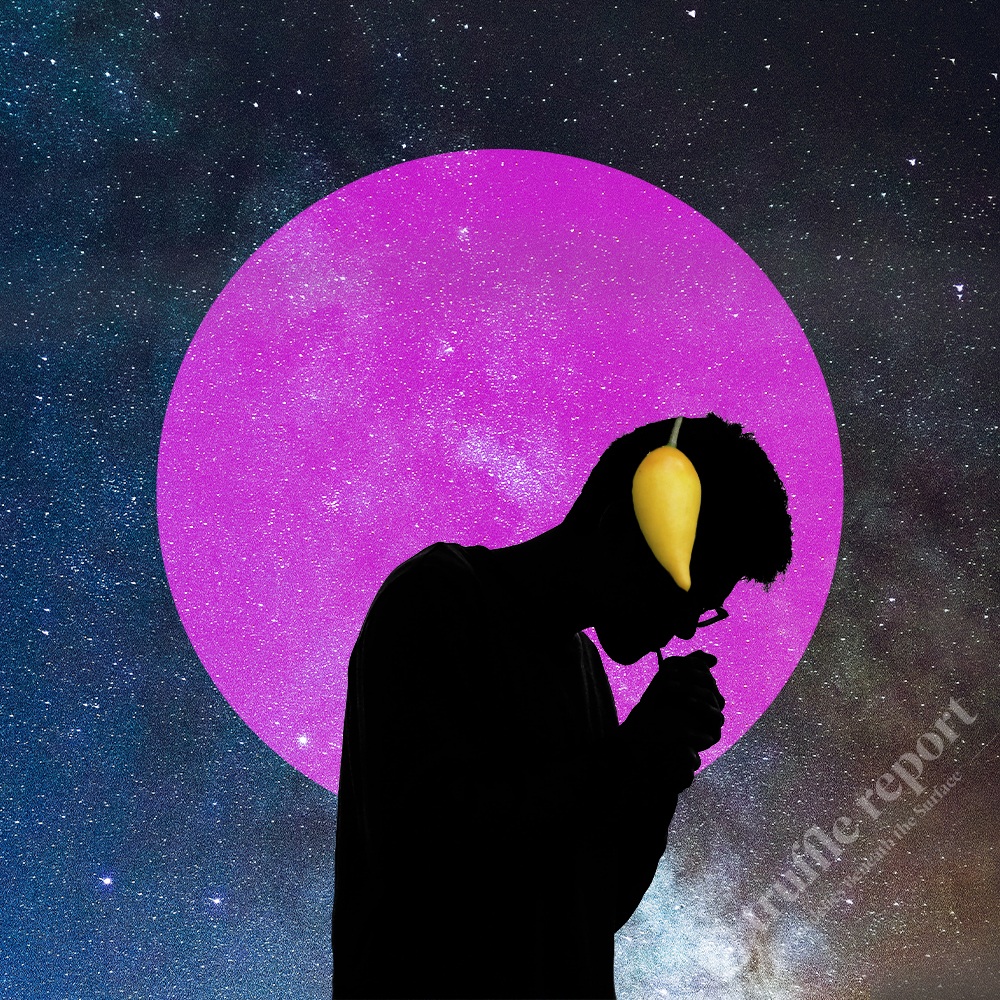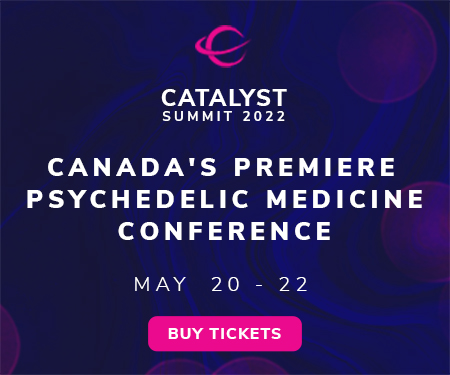In response to the opioid crisis, therapy with ibogaine has become an increasingly attractive prospect for many. At the right dose, ibogaine has the effect of being an “addiction interruptor” —it does not eliminate addiction, but can curb withdrawal and cravings for varying lengths of time. This provides a recovering addict with a much-needed period of respite to pursue other forms of therapy and reclaim parts of their lives. Used in combination with psychotherapy, this has proven to be an effective addiction treatment. It has been widely used in the treatment of heroin addiction, but is also an increasingly common intervention for cocaine and alcohol use, smoking, and more.
On the other hand, ibogaine is not an entirely safe psychedelic, even in the best of circumstances. With proper medical screening and other processes, around 1 in 400 estimated users are in danger of a lethal reaction. Even if a patient decided to take this risk, it remains vitally important to find treatment centres that are safe and above-board, since the medication is far more dangerous when taken improperly.
Although ibogaine has been consumed in West Africa for centuries via the T. Iboga plant’s root bark, ibogaine did not gain attention for its anti-addictive qualities until the early sixties. The story is a pretty unique one.
Howard Lotsof: The Original Ibogaine Advocate
Born in the Bronx, Howard Lotsof and several friends had become addicted to heroin. In 1962, they tried ibogaine recreationally and observed among themselves a marked reduction in their withdrawal and cravings for heroin. Although he was not a medically-accredited researcher, psychedelic substances were still uncontrolled at this point in time and Lotsof was able to access a steady supply of the drug. He would open S&L Laboratories for the purpose of administering psychedelics to anyone interested. He offered ibogaine to more heroin users and gathered further data on its efficacy in curbing the effects of addiction. When the FDA noticed large amounts of substances being delivered to S&L, they cut off their supply and the lab was closed in 1963. This did not stop Lotsof, however.
In 1982, he formed the Dora Weiner Foundation, with the intention of advocating for development in ibogaine treatment. His petition was unsuccessful, mostly due to the pharmaceutical industry’s lack of financial interest in treating addiction. We’ll consider that in itself an indicator of how much times have changed.
In 1986, Lotsof founded NDA International, gaining the patent for treatment of opioid addiction with ibogaine and filing for others. Through NDA, he provided ibogaine and worked with researchers in the Netherlands at the University of Erasmus. This time, he was successfully able to establish treatments for many addicts until 1993 when a patient died following treatment. The tragic death of a patient hampered interest and funding for these therapies in the Netherlands, and NDA ceased its treatment activities.
Lotsof continued his activism for ibogaine treatment until his death in 2010. Much, if not all, of the advances in ibogaine research can be attributed to Lotsof’s activities, and he did it all without a doctorate.
Christiania and Carl Waltenburg
This story is mysterious in many ways. It begins with an unnamed European manufacturer producing 44kg of ibogaine extract from around 500kg of T. iboga root in 1981. Carl Waltenburg, who had taken a lifelong interest in hallucinogens, purchased this supply and began using it to treat addicted heroin users. Waltenburg had been a resident of a commune in Copenhagen called Christiania, set up in a former military base, since it was first established in 1972. By this time, Christiania had developed a strong prevalence of heroin addiction and Waltenburg, naming his ibogaine “Indra Extract”, is said to have treated over 1000 addicts here.
The commune of Christiania remains in place today, although with restrictions placed on hard drugs. Waltenburg’s story is difficult to verify, and there are some conflicting reports from residents who argue that a “blockade” policy was put in place —barring addicts from Christiania until they quit heroin “cold turkey”.
Supposedly, Indra Extract remained available for purchase online until at least the early 2000s. It’s unknown if this was part of the original Waltenburg supply —and, if so, whether or not it could even have still been effective or safe after two decades of storage.
Ibogaine Addiction Treatment Today
Ibogaine is still classified as a Schedule I controlled substance in the U.S., although many former users suggest that the experience is not pleasant enough to create any recreational dependence. U.S. citizens seeking treatment with ibogaine will have to find facilities in other countries where treatment is legal, like Canada, Mexico, Brazil and Europe. In such an instance, rigorous standards should be followed and personal research conducted to ensure that the facility is safe.
The Global Ibogaine Therapy Alliance has been formed for the purpose of creating safe, standardized medical practices and oversight for ibogaine therapy, as well as developing training programs for physicians. Any ibogaine therapy centres that you investigate should follow their guidelines. Medical screening must include a cardiac examination for heart conditions or a family history of heart conditions; drug contraindications, and psychological preparation for the experience.
Again, treatment with ibogaine should not be considered one hundred percent safe even after all of this. Hopefully, research into its mechanisms will continue and therapists will be able to provide a better guarantee for safety —but until then, there will always be a small risk.
















